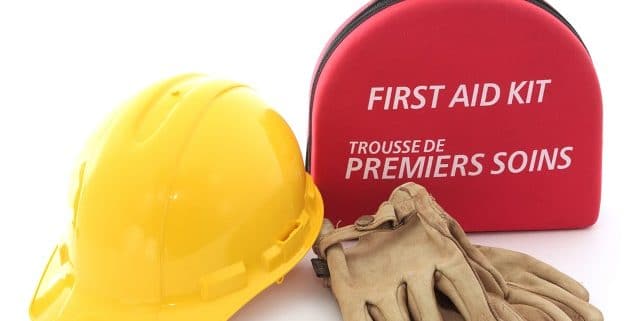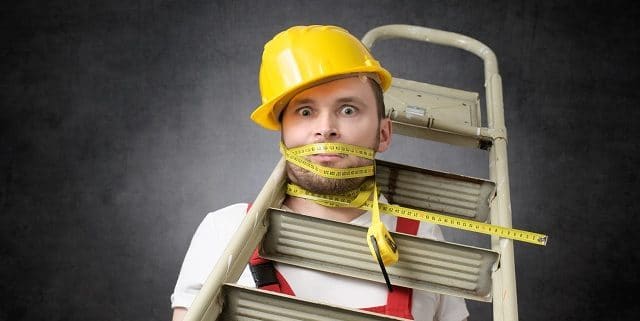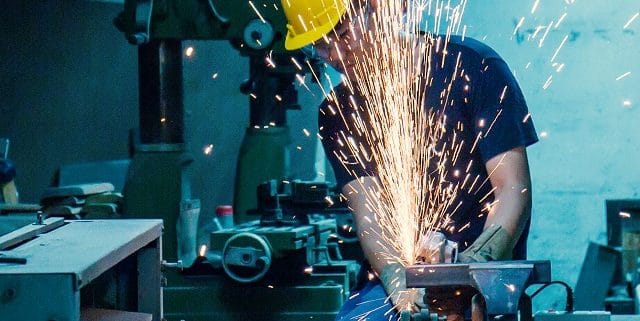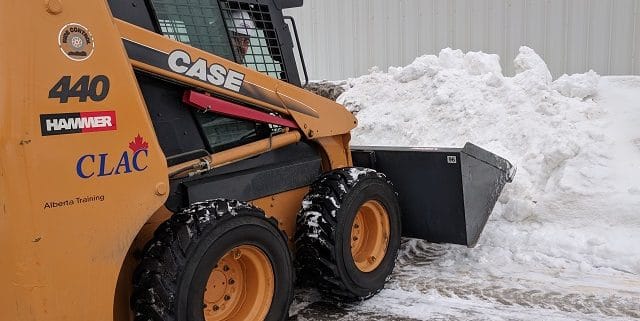First Aid Kits
Just like anything else on site, a first aid kit needs maintenance too. This insures the items are fully stocked even after supplies are used. How horrible would it be if you were standing there bleeding and all the bandages were missing? While working on some sites you are actually in the middle of nowhere and the first aid kit could be your lifeline, so make sure to follow these quick tips to be ready for anything thrown your way.
First off, everyone should know where the first aid kit is stored which should be in a place readily available. In the box of your foreman’s pick-up will not due. It should be stored in a weatherproof/waterproof container. They are to be inspected on a regular basis. Usually a first aider will be assigned this task. When inspecting, check that all items are labeled, fully stocked and have not expired. Whenever using the kit, make sure to replace any items you have removed from the kit. There should be a checklist to help you restock.
Hopefully, you only ever need an antacid (because well… too much camp food) but in an emergency, having a fully equipped first aid kit could just save your life.










